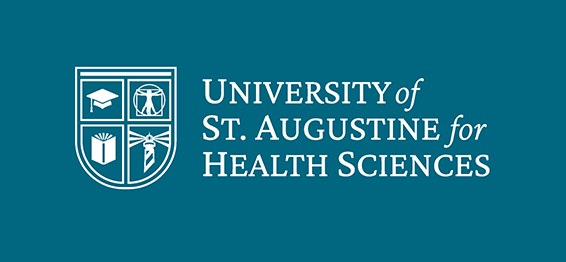Date of Award
Fall 11-15-2022
Document Type
Scholarly Project
Degree Name
Doctor of Nursing Practice (DNP)
Department
Nursing
First Advisor
Dr. Brann, DNP, RN
Second Advisor
Ashley Bolling, DNP, AGPCNP-BC, SCRN
Abstract
Transient ischemic attacks account for admissions of approximately 70% of patients who present to the emergency department with transient vascular symptoms, with an average length of stay of one to seven days, costing, on average, $22,087 (Qureshi et al., 2013). A hospital organization's bed efficiency directly affects quality metrics. Reducing the length of stay in TIA patients by having them admitted to a dedicated unit with whom the staff has experience managing stroke patients and the understanding of specific criteria needing to be met before discharge can directly impact quality metrics and provide cost-effective delivery of care. The PICOT question that guided this project was, in patients who present to the emergency department with a transient ischemic attack (TIA), how does the implementation of a rapid, protocol-based pathway for admission to a dedicated stroke unit versus conventional admission methods decrease the length of stay over eight weeks? The evidence for this project revealed several articles establishing that a protocol-based pathway initiated in the emergency department could reduce the length of stay in the specified group. Additional evidence indicated the use of an algorithm and ABCD2 scoring in conjunction with meeting 'Get with the Guidelines' criteria provided a reduction in cost to the organization (see Table 2). Using a rapid, protocol-based pathway, in collaboration with emergency department physicians, general neurologists, and other clinicians, and the ABCD2 score assisted with diagnosis and direct admissions. A checklist was provided to the dedicated unit staff to ensure all criteria for admission and discharge were met. The results of this project demonstrated patients were being discharged at 2.84 days, slightly above the national average of 2.24 days. These results indicated an increase but withstanding efficacy of assessment and treatment. The reason for the subtle increase was secondary to patients with incidental findings requiring intervention increasing the length of stay for recovery.
Recommended Citation
Davini, B. (2022). Transient Ischemic Attack and Admission to a Dedicated Unit. [Doctoral project, University of St Augustine for Health Sciences]. SOAR @ USA: Student Scholarly Projects Collection. https://doi.org/10.46409/sr.CDTC4729
Creative Commons License

This work is licensed under a Creative Commons Attribution 4.0 License.


Comments
Scholarly project submitted to the University of St. Augustine for Health Sciences in partial fulfillment of the requirements for the degree of Doctor of Nursing Practice.